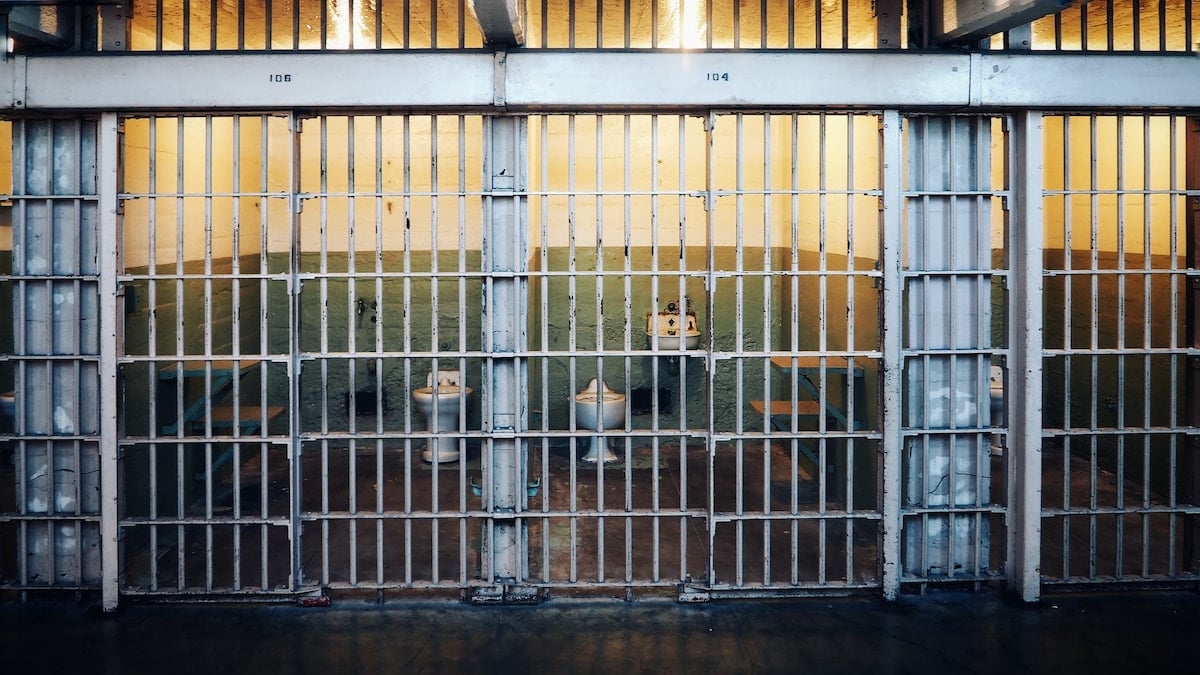Table of Contents
Many people assume prisons are dangerous places filled with hardened criminals. However, safety and security are top priorities in correctional facilities worldwide. Staff members need to be highly trained and dedicated to their role because a high level of vigilance must always be maintained inside prisons. Prisons must have stringent safety procedures to keep staff and inmates safe. This article will dive deeper into what it takes to ensure safe prison facilities and explore some institutions’ challenges.
The Physical design
The physical design of these facilities significantly impacts the safety and security of inmates and staff. Every detail plays a role in creating a safe environment, from the Amico welded wire fencing to the layout of individual cells to the placement of security cameras and prison furnishings. The physical design should not only prevent escapes but also minimize violence within the facility. It is essential that the design promotes rehabilitation and reduces the likelihood of recidivism. By prioritizing safety in the physical design of prison facilities, authorities can ensure a more effective justice system that punishes and rehabilitates.
Management of Inmates
Proper management involves the classification of inmates based on their risk level, effective communications, and the use of appropriate disciplinary measures when necessary. Inmates are categorized based on their criminal history, behavior, and other factors. The goal is to place inmates in a housing unit that matches their security level needs and prevents conflicts between inmates with a history of violence or other issues.
Communication helps build trust between inmates and staff members, which reduces the likelihood of violence or other safety issues. This includes providing inmates with information about their rights, responsibilities, and facility rules. Disciplinary measures are necessary to maintain order and safety in prison. However, these measures must be used judiciously and appropriately. Excessive use of force or punishment can increase aggression and resentment among inmates, exacerbating safety concerns.
Overcrowding, Health, and Sanitation
In recent years, prison safety has become a priority. Prisons nationwide are not immune to overcrowding and other safety hazards that can pose a significant risk to inmates and staff. Close attention must be paid to managing overcrowding, health risks, and proper sanitation. Without appropriate health care and dependable sanitation services, inmates and staff members will be vulnerable to diseases.
Working behind bars and managing overcrowded prisons is an arduous process filled with physical demands. Fortunately, innovative approaches like constant maintenance and compassionate human interactions improve prison safety while supporting those involved in carrying out dangerous tasks every day.
Staff Training
Prisons are inherently dangerous places, and proper staff training is essential to guarantee the safety of prisoners and the correctional officers tasked with managing the facilities. All personnel should be taught how to be vigilant and notice potential security issues quickly.
Moreover, staff must be trained in conflict resolution, proper searching of inmates without violating their civil rights, and correct procedures for diffusing potentially dangerous situations. Adequate staff training creates a secure environment that keeps prison personnel and inmates safe. It also provides peace of mind for families visiting their loved ones detained in these facilities.
Prison facilities must take every measure to ensure the safety and wellness of those working, visiting, and incarcerated. Staff or prisoners must not live in fear, nor should violence go unchecked due to overcrowding or lack of resources. While some people may question the necessity of increased security measures, better surveillance systems, adequately trained personnel, and appropriate staffing are vital to improving the overall operations of prisons.


